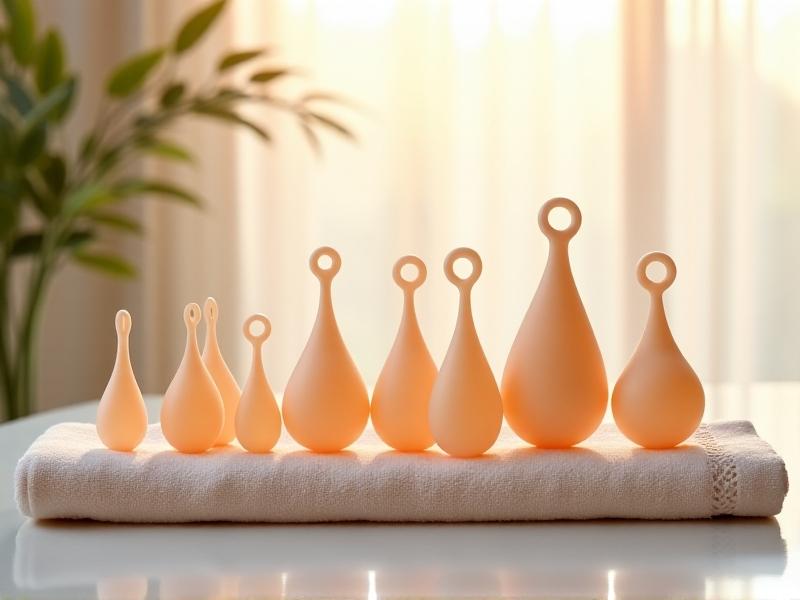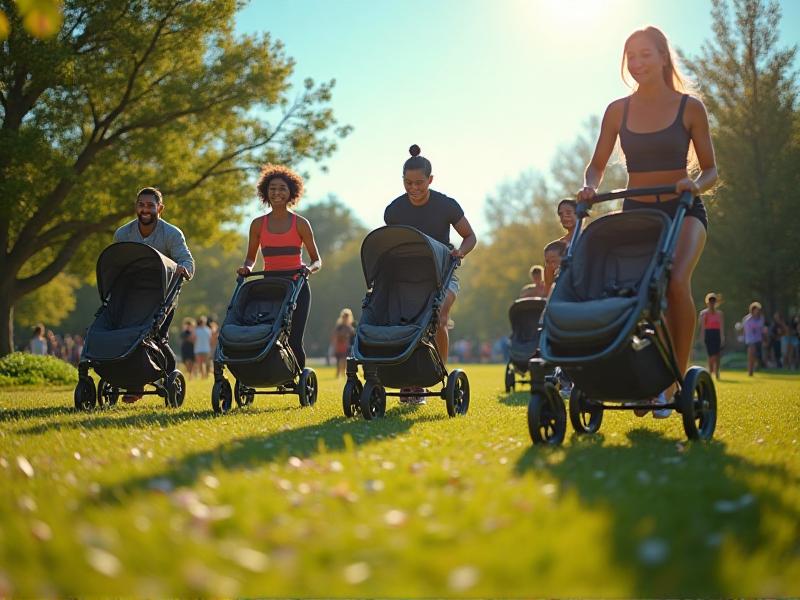Vaginal Weight Training for Muscle Tone
What is Vaginal Weight Training?
Vaginal weight training, also known as pelvic floor weight training, is a practice aimed at strengthening the muscles of the pelvic floor. These muscles play a crucial role in supporting the bladder, uterus, and rectum. By using specially designed weights, individuals can enhance muscle tone, improve bladder control, and even enhance sexual satisfaction. This method is particularly beneficial for women who have experienced childbirth, menopause, or other conditions that may weaken the pelvic floor.

The Science Behind Vaginal Weight Training
The pelvic floor muscles are a group of muscles that stretch like a hammock from the pubic bone to the tailbone. When these muscles are weak, it can lead to issues such as urinary incontinence, pelvic organ prolapse, and decreased sexual sensation. Vaginal weight training works by providing resistance to these muscles, encouraging them to contract and strengthen over time. Studies have shown that consistent use of vaginal weights can significantly improve muscle tone and reduce symptoms of pelvic floor dysfunction.

Benefits of Vaginal Weight Training
Vaginal weight training offers a range of benefits beyond muscle tone. Improved bladder control is one of the most common advantages, making it an effective solution for those dealing with stress incontinence. Additionally, stronger pelvic floor muscles can enhance sexual pleasure by increasing sensitivity and improving orgasmic potential. For postpartum women, this practice can aid in recovery by restoring muscle strength and elasticity. It’s also a non-invasive and cost-effective alternative to surgical interventions for pelvic floor issues.

How to Get Started with Vaginal Weight Training
Starting with vaginal weight training is simple but requires consistency and proper technique. Begin by selecting the appropriate weight size, usually starting with the lightest option. Insert the weight into the vagina and engage your pelvic floor muscles to hold it in place. Start with short sessions, gradually increasing the duration as your muscles strengthen. It’s essential to maintain proper hygiene by cleaning the weights before and after each use. Consulting a healthcare professional or pelvic floor therapist can provide personalized guidance and ensure you’re using the weights correctly.
Common Mistakes to Avoid
While vaginal weight training is relatively straightforward, there are common mistakes that can hinder progress or cause discomfort. Using weights that are too heavy too soon can strain the muscles, so it’s crucial to start light and gradually increase resistance. Neglecting proper hygiene can lead to infections, so always clean the weights thoroughly. Additionally, improper insertion or incorrect muscle engagement can reduce effectiveness. Taking the time to learn proper technique and listening to your body’s signals is key to a successful training regimen.
Integrating Vaginal Weight Training into Your Routine
Incorporating vaginal weight training into your daily routine can be seamless with a bit of planning. Many women find it convenient to practice while performing other activities, such as watching TV or doing light chores. Consistency is more important than duration, so aim for short, regular sessions rather than infrequent, lengthy ones. Pairing this practice with other pelvic floor exercises, such as Kegels, can further enhance results. Over time, you’ll likely notice improvements in muscle tone, bladder control, and overall pelvic health.
Real-Life Success Stories
Many women have experienced transformative results through vaginal weight training. For example, Sarah, a 35-year-old mother of two, struggled with stress incontinence after childbirth. After six weeks of consistent training, she noticed a significant improvement in bladder control and regained her confidence. Similarly, Emma, a 50-year-old experiencing menopause, found that vaginal weights helped alleviate symptoms of pelvic organ prolapse and enhanced her sexual health. These stories highlight the potential of this practice to improve quality of life for women of all ages.
Expert Tips for Maximizing Results
To get the most out of vaginal weight training, experts recommend combining it with a holistic approach to pelvic health. Staying hydrated, maintaining a healthy diet, and practicing good posture can all support pelvic floor strength. Breathing techniques, such as diaphragmatic breathing, can enhance muscle engagement during exercises. Regularly assessing your progress and adjusting your routine as needed can also ensure continued improvement. Remember, patience and consistency are essential for long-term success.
Addressing Common Concerns and Myths
Some women may feel hesitant to try vaginal weight training due to misconceptions or concerns. For instance, many worry about discomfort or the risk of injury, but when done correctly, this practice is safe and comfortable. Others may believe it’s only for postpartum women, but it’s beneficial for anyone looking to improve pelvic health. Addressing these concerns and debunking myths can help more women feel confident in exploring this effective method for enhancing muscle tone and overall well-being.
The Future of Vaginal Weight Training
As awareness of pelvic health continues to grow, vaginal weight training is gaining recognition as a valuable tool for women’s wellness. Innovations in product design, such as smart weights that track progress, are making this practice more accessible and effective. Additionally, increased education and advocacy are helping to reduce stigma and encourage more women to prioritize their pelvic health. The future of vaginal weight training looks promising, with the potential to empower women to take control of their bodies and improve their quality of life.








